Home>Gardening & Outdoor>Outdoor Recreation & Activities>How To Play Kubb Game
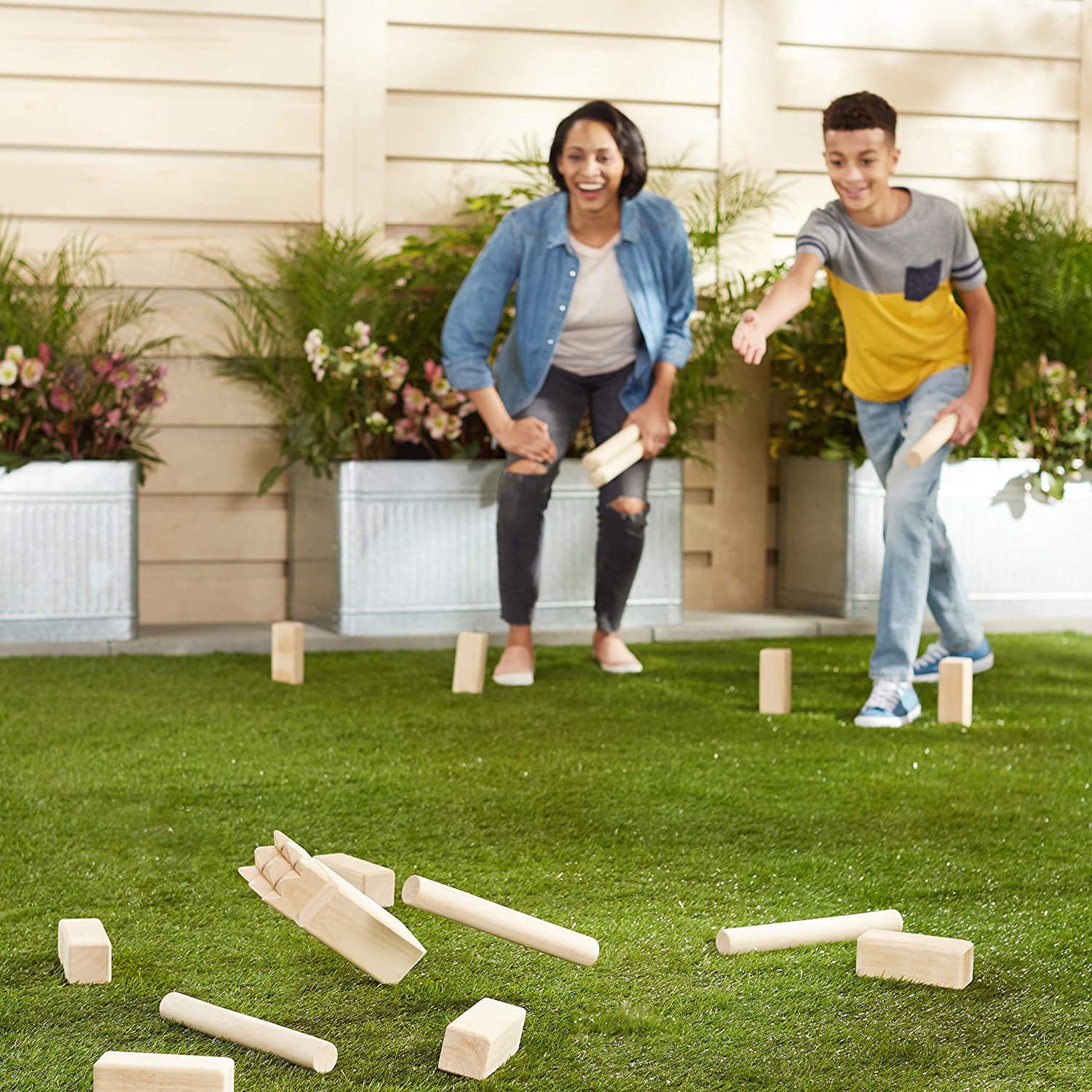

Outdoor Recreation & Activities
How To Play Kubb Game
Published: January 21, 2024
Learn how to play the popular outdoor game of Kubb with our comprehensive guide. Perfect for outdoor recreation and activities enthusiasts. Discover the rules and strategies now!
(Many of the links in this article redirect to a specific reviewed product. Your purchase of these products through affiliate links helps to generate commission for Storables.com, at no extra cost. Learn more)
Introduction
Welcome to the exciting world of Kubb! If you're looking for a fun outdoor game that combines strategy, skill, and a hint of Viking history, you've come to the right place. Kubb, also known as "Viking Chess," is a centuries-old Scandinavian game that has gained popularity around the world for its simple yet addictive gameplay.
As you immerse yourself in this article, you'll discover the origins of Kubb, learn how to set up the game, understand the objectives, and master the strategies that will help you claim victory on the playing field. Whether you're planning a gathering with friends and family or simply seeking a new outdoor activity to enjoy, Kubb offers an engaging and inclusive experience for players of all ages and skill levels.
So, grab your throwing arm, sharpen your aim, and get ready to delve into the fascinating realm of Kubb. Let's embark on this journey together and uncover the secrets to becoming a Kubb champion!
Key Takeaways:
- Kubb, also known as “Viking Chess,” is a fun outdoor game with a thousand-year-old history that combines skill, strategy, and camaraderie, making it perfect for players of all ages and skill levels.
- To play Kubb, set up the pitch, aim to knock over the opposing team’s kubbs, and topple the central king kubb. Master precision throwing, strategic positioning, and adaptive gameplay to claim victory on the Kubb battlefield.
Read more: How To Play Snake Eyes Kubb
What is Kubb?
Kubb, pronounced "koob," is a traditional outdoor game with roots that trace back to ancient Scandinavia, particularly Sweden. Believed to have been played by the Vikings over a thousand years ago, Kubb has withstood the test of time and continues to captivate players with its blend of skill, strategy, and camaraderie.
The game is typically played on a rectangular pitch, often a grassy area, and involves two opposing teams. The objective is to knock over wooden blocks, known as kubbs, using wooden batons, and ultimately topple the central king kubb to secure victory.
What sets Kubb apart from many other outdoor games is its straightforward yet dynamic gameplay. It requires precision throwing, strategic positioning, and the ability to adapt to changing circumstances, making it an engaging and challenging pastime for players of all ages.
One of the most appealing aspects of Kubb is its accessibility. The game can be enjoyed in various outdoor settings, from backyard gatherings and picnics to parks and beaches. Its portable nature and simple setup make it an ideal choice for those seeking an entertaining and social outdoor activity.
As we delve deeper into the world of Kubb, you'll discover the intricacies of setting up the game, the rules that govern play, and the tactics that can give you the edge over your opponents. Whether you're a seasoned Kubb enthusiast or a newcomer eager to learn, the timeless appeal of this game is sure to leave a lasting impression.
Setting up the Game
Preparing for a game of Kubb is a straightforward yet crucial process that sets the stage for an exhilarating and competitive experience. The following steps will guide you through the setup, ensuring that you and your fellow players are ready to embark on a thrilling Kubb adventure.
1. Selecting the Playing Area
Choose an open, level area for the playing field, ideally with short grass or a smooth surface. The standard Kubb pitch measures 8 meters by 5 meters, but the dimensions can be adjusted based on the available space and the number of players participating.
2. Placing the King Kubb
Position the king kubb, a larger wooden block, at the center of the pitch. Its placement should be equidistant from both baseline kubbs, ensuring a fair and balanced setup for both teams.
Read more: Where Does The Game Kubb Come From
3. Arranging the Kubbs
Each team places five kubbs along their baseline, evenly spaced and standing upright. These kubbs will serve as the defensive line for each team and the primary targets for the opposing side's throwing batons.
4. Determining the Throwing Line
Establish a throwing line a few meters away from the central king kubb, dividing the pitch into two halves. This line will serve as the starting point for players to launch their batons toward the opposing team's kubbs during the game.
5. Organizing the Batons
Place the throwing batons, typically made of wood and resembling small, cylindrical logs, near the throwing line. Each team should have an equal number of batons, usually six, to ensure a balanced and fair competition.
Once the game is set up according to these guidelines, both teams are ready to take their positions and commence the exhilarating battle of wits and skill that defines the essence of Kubb. With the groundwork laid and the stage set, the time has come to delve into the intricacies of gameplay and unravel the strategies that will lead to victory on the Kubb battlefield.
Object of the Game
In Kubb, the primary objective is to skillfully knock over the opposing team’s kubbs and ultimately topple the central king kubb before they do the same to your team’s pieces. This entails a delicate balance of offensive and defensive maneuvers, requiring strategic throwing, precise aim, and astute positioning on the pitch.
At the onset of the game, both teams aim to eliminate the baseline kubbs of their opponents by throwing batons from behind their own baseline. Once a team successfully topples all of the opposing team’s baseline kubbs, they can attempt to knock down the king kubb positioned at the center of the pitch. However, if a team fails to topple the king kubb after eliminating the baseline kubbs, the opposing team has the opportunity to retaliate and claim victory by knocking down the king kubb and securing their place as the triumphant side.
Conversely, a team must defend their own kubbs while strategically maneuvering to launch accurate and effective throws at the opposing team’s pieces. By skillfully employing both offensive and defensive tactics, a team can gain a significant advantage and edge closer to achieving the ultimate goal of toppling the king kubb and emerging victorious.
As the game unfolds, the interplay of skill, strategy, and adaptability becomes increasingly apparent, creating a dynamic and captivating experience for all players involved. The quest to outmaneuver the opposing team, maintain a strong defensive stance, and execute precise throws adds layers of excitement and intensity to the game, making each match a thrilling test of wit and skill.
With the overarching objective of toppling the king kubb firmly in sight, players must navigate the ebb and flow of the game, adjusting their tactics and seizing opportunities to gain the upper hand. As we delve deeper into the intricacies of gameplay, you’ll discover the strategies and techniques that can elevate your Kubb prowess and lead your team to triumph on the playing field.
Read more: What Is The Play Area In Game Design
How to Play
The game of Kubb unfolds in a series of turns, with each team aiming to topple the opposing side’s kubbs and ultimately claim victory by knocking down the central king kubb. The following steps outline the fundamental gameplay mechanics and the sequence of actions that define the captivating dynamics of Kubb:
1. Commencing the Game
At the outset, the two opposing teams stand behind their respective baselines, with the throwing batons positioned near the throwing line. The team that throws first, often determined by a coin toss or a simple agreement, assumes the role of the "attacking" side, while the opposing team becomes the "defending" side.
2. Throwing Batons at the Baseline Kubbs
The attacking team takes turns throwing batons at the defending team’s baseline kubbs, aiming to knock them down and advance closer to the ultimate goal of toppling the king kubb. Each player must throw underhand, and the baton must spin end over end, adding an element of precision and finesse to the throws.
3. Resolving the Turn
After each turn, the defending team stands the kubbs that were knocked down, forming a line at the spot where they landed. These kubbs now serve as the attacking team’s targets in the subsequent turns, creating an evolving and dynamic battlefield as the game progresses.
Read more: How To Play Water Ring Toss Game
4. Advancing to the King Kubb
Once the attacking team successfully eliminates all of the defending team’s baseline kubbs, they can attempt to topple the king kubb. If they manage to do so, they claim victory in the game. However, if the attacking team fails to knock down the king kubb, the defending team gains the opportunity to retaliate and aim for the king kubb to secure their own triumph.
5. Shifting Roles
After the outcome of the first game is determined, the roles reverse, with the defending team from the initial game assuming the attacking position. This alternating dynamic ensures that both teams have the opportunity to showcase their throwing skills and strategic prowess, adding depth and excitement to each match.
By adhering to these fundamental principles and engaging in strategic and skillful gameplay, players can fully immerse themselves in the enthralling world of Kubb, where every turn presents an opportunity to outmaneuver the opposition and inch closer to victory.
Strategies and Tips
Mastering the game of Kubb involves honing a blend of strategic acumen, precise throwing technique, and astute positioning on the pitch. Whether you’re a novice seeking to grasp the essentials or a seasoned player aiming to refine your skills, the following strategies and tips will elevate your Kubb proficiency and enhance your competitive edge:
1. Precision Throwing
Focus on developing a consistent and accurate throwing technique. Aim for the baseline kubbs with controlled and deliberate throws, adjusting your aim based on the distance and the defensive formations of the opposing team’s kubbs. Practice underhand throws to achieve optimal control and spin, increasing the likelihood of toppling the targets with each baton toss.
Read more: What Games Can I Play With Alexa
2. Strategic Positioning
Maintain a strategic approach to positioning your own kubbs and the king kubb. Create defensive formations that force the opposing team to navigate challenging angles and distances, making it more difficult for them to knock down your kubbs. Simultaneously, assess the vulnerabilities in the opposing team’s defensive line and capitalize on opportunities to exploit these weaknesses with well-placed throws.
3. Adaptive Gameplay
Remain flexible in your approach, adapting to the evolving dynamics of the game. As the battlefield transforms with each turn, assess the new configurations of the kubbs and adjust your tactics accordingly. Anticipate your opponent’s moves and be prepared to pivot your strategy to counter their advances, ensuring that you maintain a competitive advantage throughout the match.
4. Team Coordination
Emphasize effective communication and coordination within your team. Strategize together to capitalize on each player’s strengths, aligning your throwing techniques and defensive maneuvers to create a cohesive and formidable force on the pitch. By working in unison and leveraging each team member’s skills, you can enhance your collective performance and outmaneuver the opposing side.
5. Mental Resilience
Cultivate mental resilience and composure, especially during high-stakes moments in the game. Maintain focus and confidence in your abilities, adapting to the ebb and flow of the match with a determined and composed mindset. By staying level-headed and resilient, you can navigate challenging situations and make calculated decisions that lead to success on the Kubb battlefield.
By integrating these strategies and tips into your approach to Kubb, you can elevate your gameplay, amplify your competitive prowess, and savor the exhilarating journey of mastering this timeless outdoor game.
Read more: What Are Some Fun Outdoor Games To Play?
Conclusion
As we bring our exploration of Kubb to a close, we’ve embarked on a captivating journey through the rich history, engaging gameplay, and strategic depth of this timeless outdoor game. From its origins in ancient Scandinavia to its widespread popularity in modern times, Kubb has continued to enthrall players with its unique blend of skill, strategy, and communal enjoyment.
Throughout this article, we’ve delved into the intricacies of setting up the game, understanding the objectives, and mastering the strategies that can lead to triumph on the playing field. By immersing ourselves in the art of precision throwing, strategic positioning, and adaptive gameplay, we’ve unlocked the keys to elevating our Kubb prowess and embracing the competitive spirit of this enthralling pastime.
Whether you’re gathering with friends and family for a leisurely afternoon of outdoor fun or seeking a new and exciting activity to enjoy in the great outdoors, Kubb offers an inclusive and engaging experience for players of all ages and skill levels. Its portable nature, simple setup, and dynamic gameplay make it an ideal choice for fostering camaraderie, sharpening strategic thinking, and savoring the thrill of friendly competition.
As you venture forth into the world of Kubb, armed with newfound knowledge and a passion for this venerable game, remember to relish every moment on the pitch. Embrace the challenges, celebrate the victories, and cherish the bonds forged through shared experiences and spirited gameplay.
With each throw of the baton and every strategic maneuver, you’ll continue to hone your skills, deepen your appreciation for this beloved game, and create enduring memories that resonate long after the last kubb has been toppled.
So, gather your fellow players, mark out the pitch, and let the wooden batons fly. As you immerse yourself in the captivating world of Kubb, may the thrill of the game and the camaraderie of shared experiences enrich your days and inspire countless moments of outdoor enjoyment.
Now, armed with the knowledge and enthusiasm to conquer the Kubb battlefield, you’re poised to embark on a journey filled with laughter, friendly competition, and the timeless joy of playing this remarkable game. Let the games begin, and may the best team emerge victorious!
Frequently Asked Questions about How To Play Kubb Game
Was this page helpful?
At Storables.com, we guarantee accurate and reliable information. Our content, validated by Expert Board Contributors, is crafted following stringent Editorial Policies. We're committed to providing you with well-researched, expert-backed insights for all your informational needs.
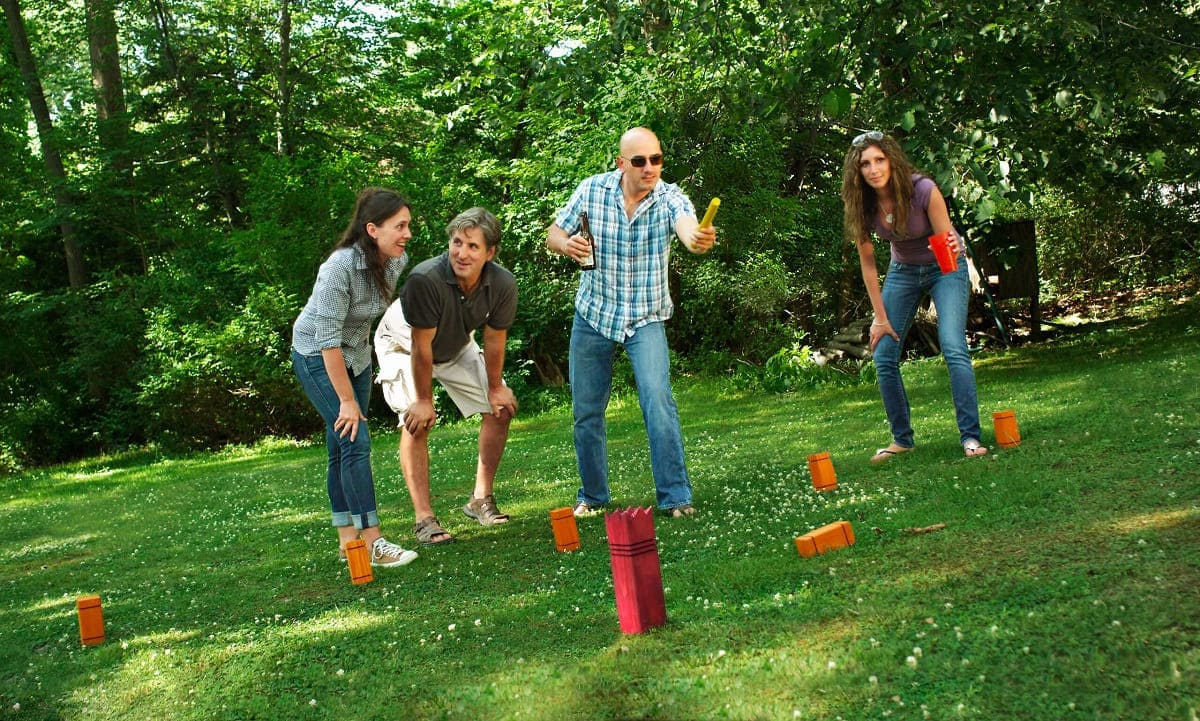
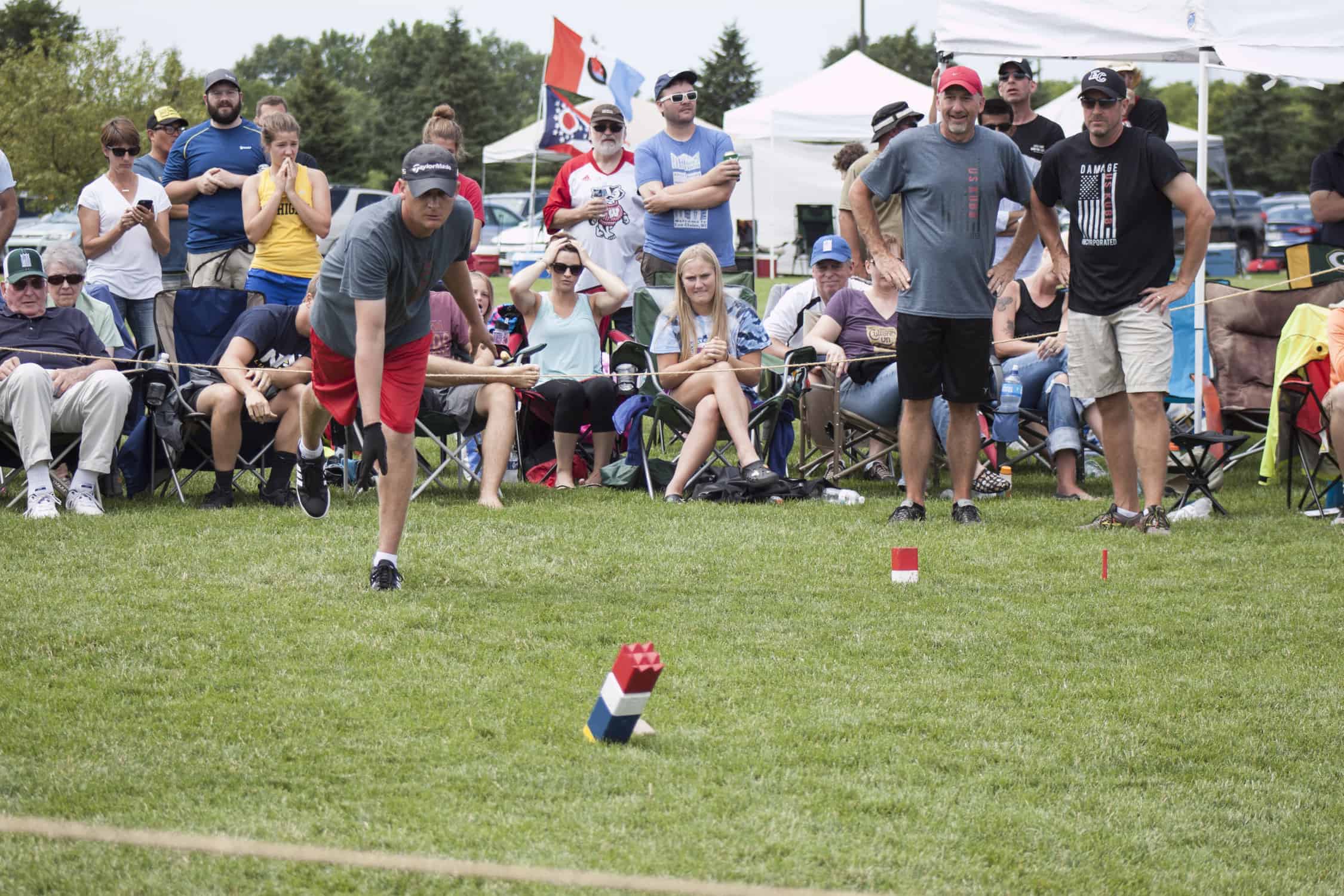

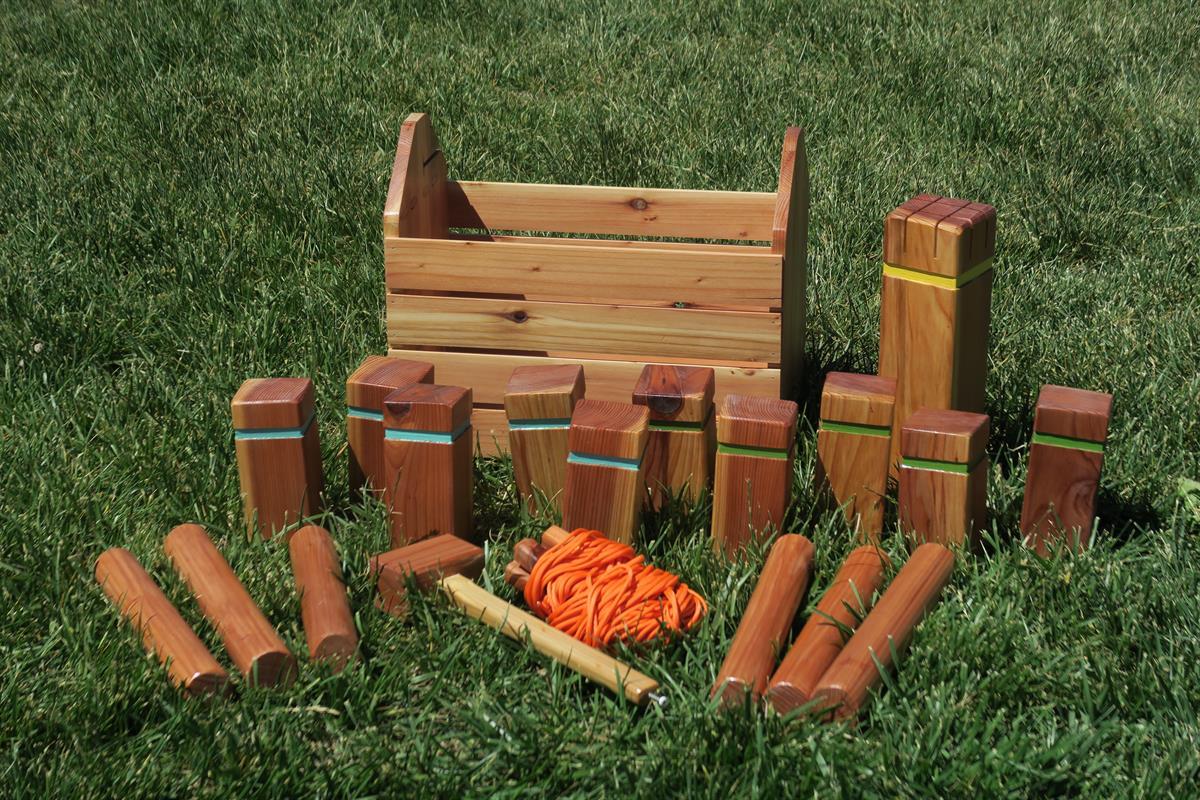
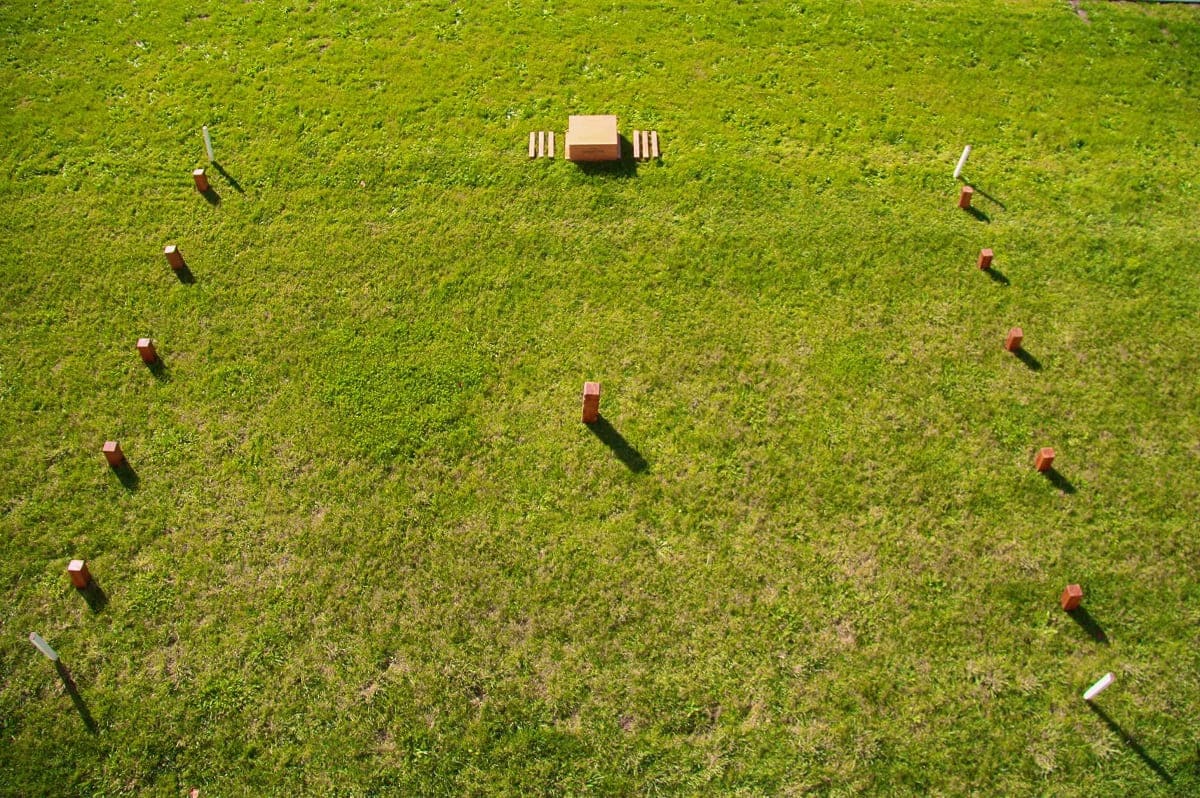
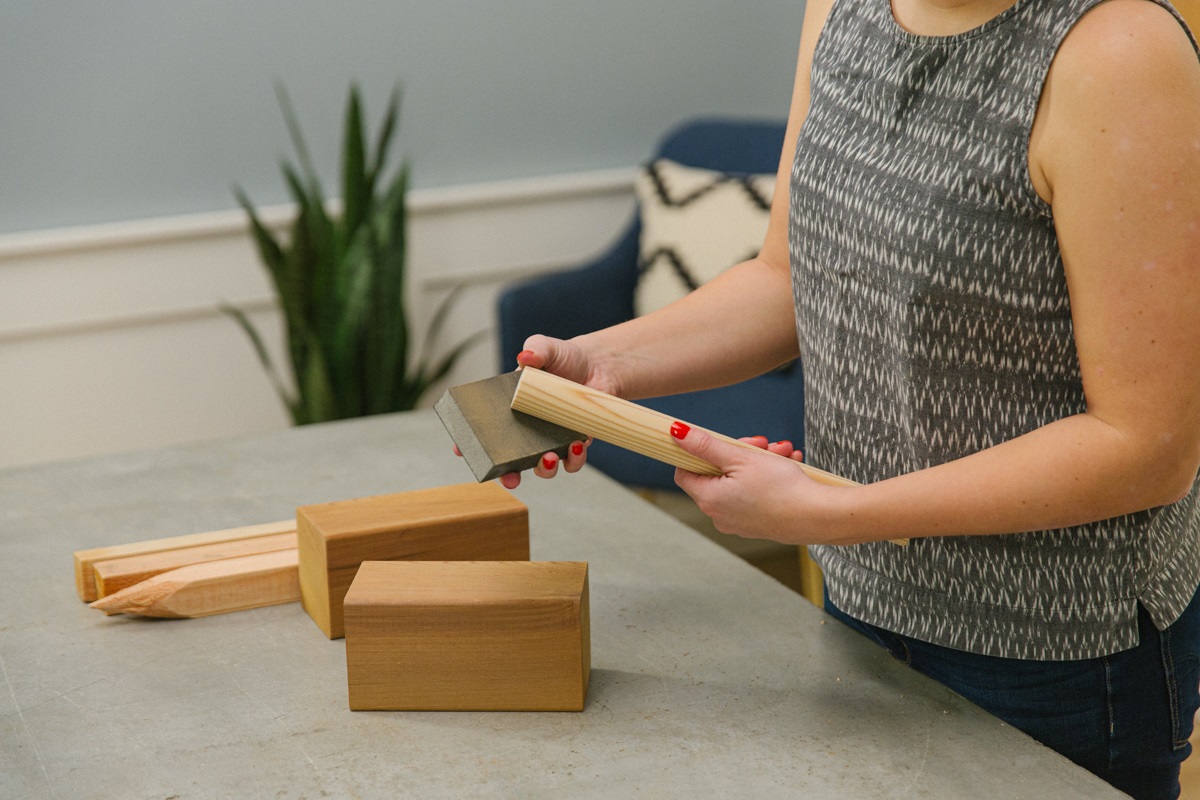
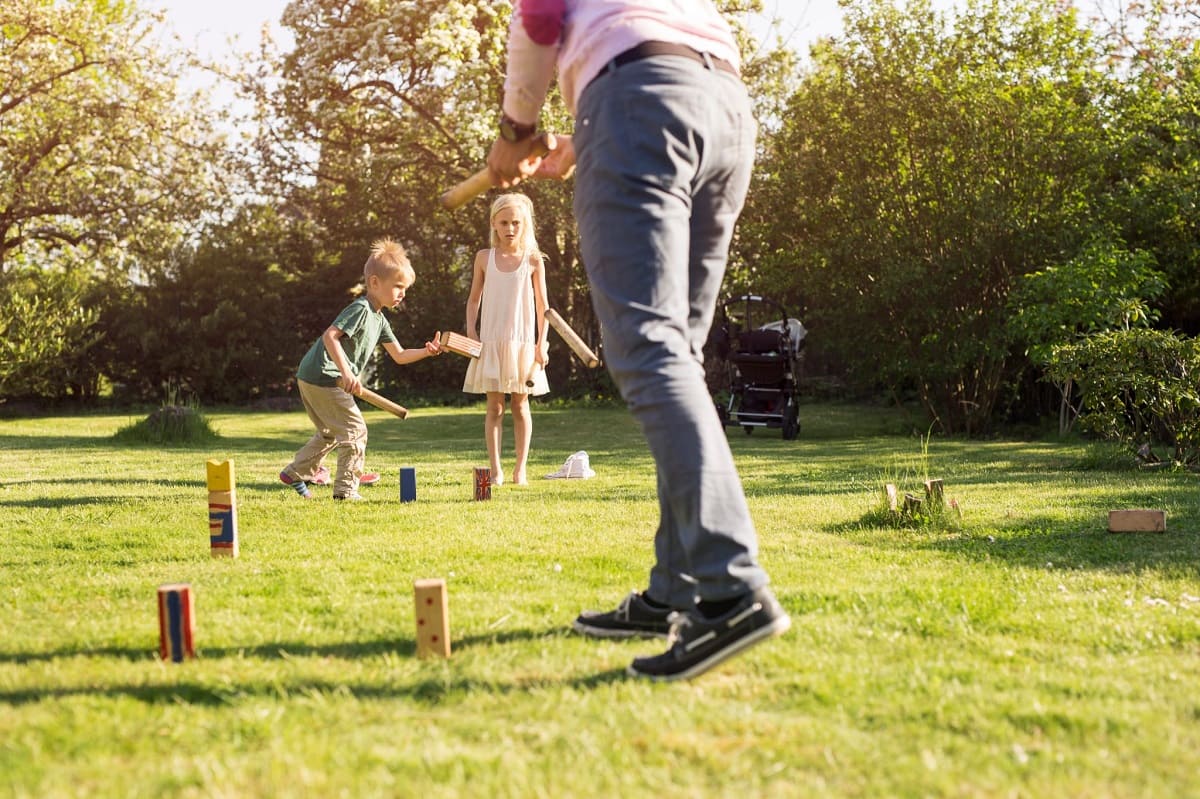
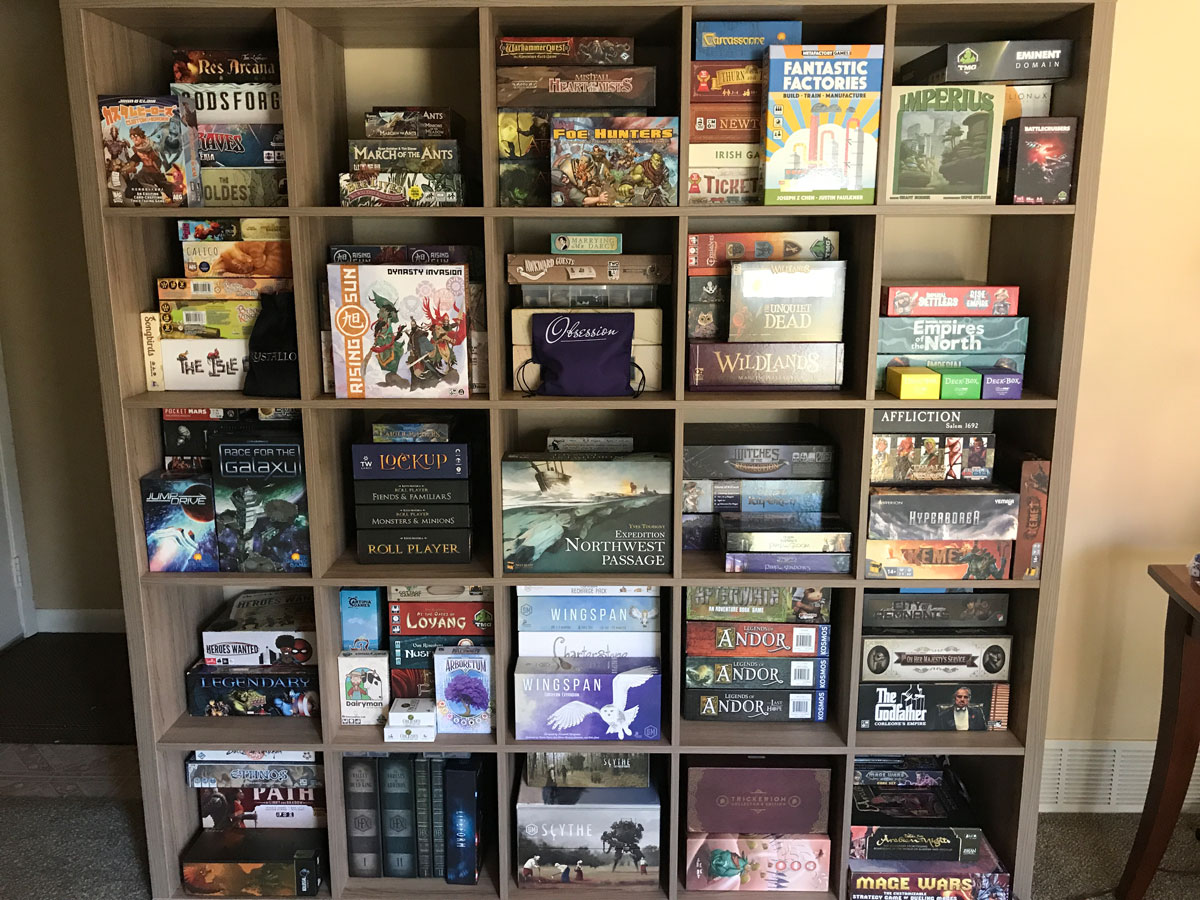
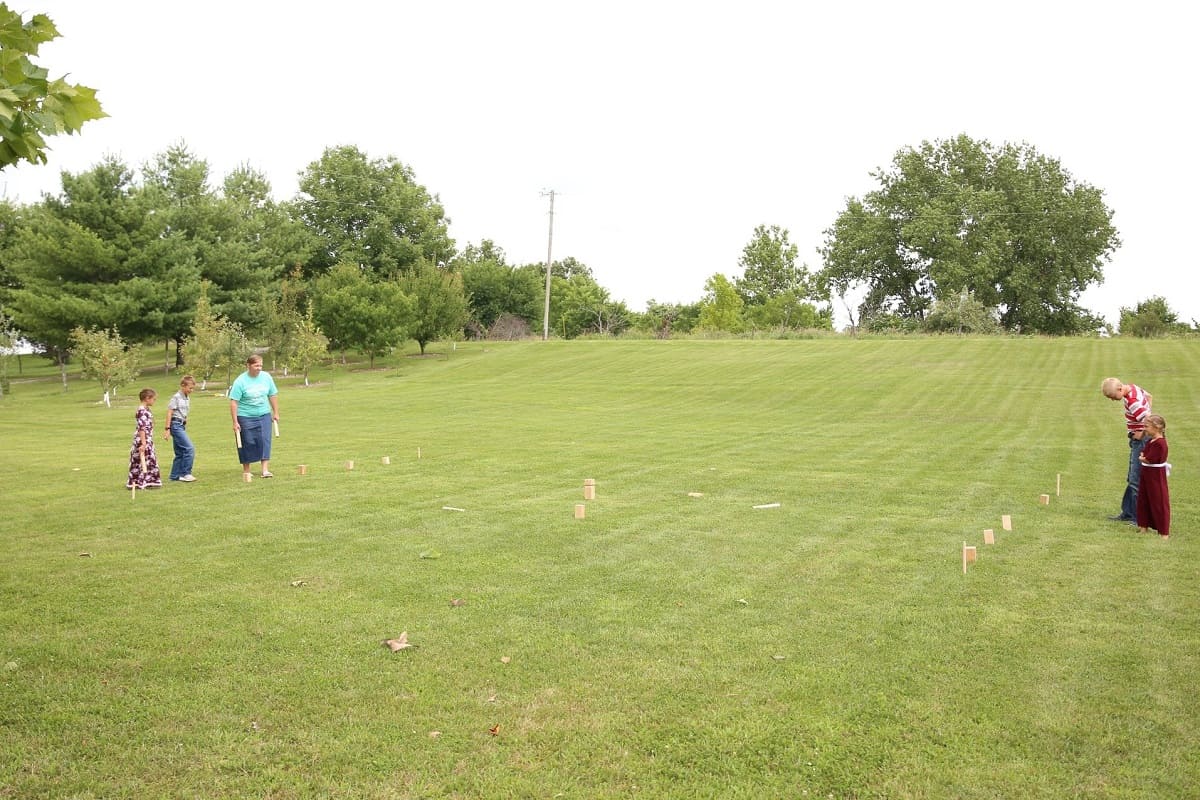


0 thoughts on “How To Play Kubb Game”